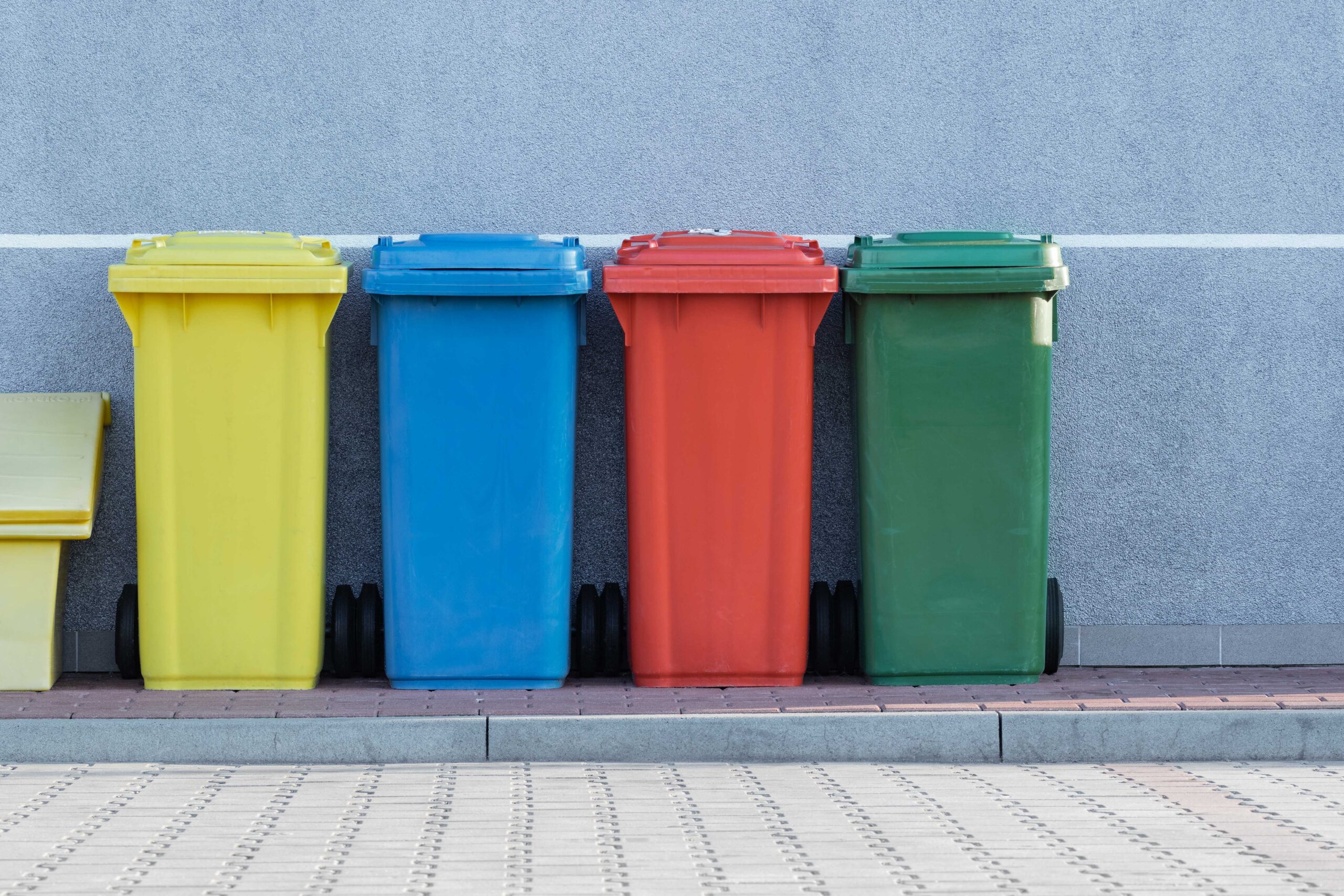On November 30, 2022, the European Commission published the second part of its Circular Economy package introducing, amongst others, its proposal for the revision of the Packaging and Packaging Waste Directive.
The 12 Chapters and 65 Articles that compose the proposal include new essential requirements – the conditions that packaging must satisfy to be allowed on the Union market – and other provisions aimed at contributing to the efficient functioning of the internal market for packaged goods, while preventing or reducing the adverse impacts of packaging and packaging waste on the environment and on human health.
Specifically, the Commission would like to (i) reduce the generation of packaging waste, (ii) promote a circular economy for packaging in a cost-effective manner, and (iii) promote the use of recycled content in packaging.
As part of its sustainability requirements, the proposal establishes that all packaging shall be recyclable, which means that all packaging placed on the Union market would have to be effectively and efficiently separately collected and sorted; be recycled into secondary raw materials of sufficient quality to substitute primary sources of materials; be designed for recycling from 1 January 2030; and be recycled at scale from 1 January 2035.
Member States will be required to reduce packaging waste (per capita) by 5% by 2030, increasing to 10% by 2035, and 15% by 2040 compared with 2018. By the end of 2025, 65% (by weight) of all packaging waste should be recycled including 50% of plastic, 50% of aluminum, 70% of glass, and 75% of paper and board.
References:
1. European Commission – “Proposal for a revision of EU legislation on Packaging and Packaging Waste.”
2. European Commission – “Factsheet – Circular Economy: Packaging and Packaging Waste Regulation.”














